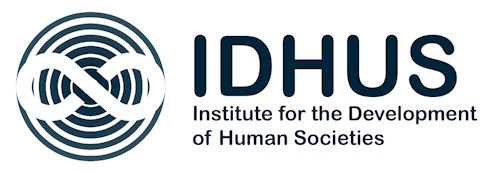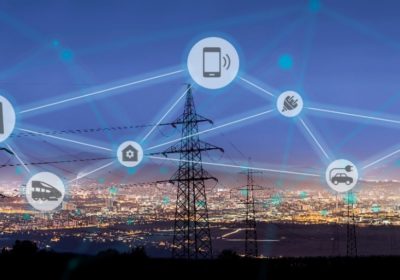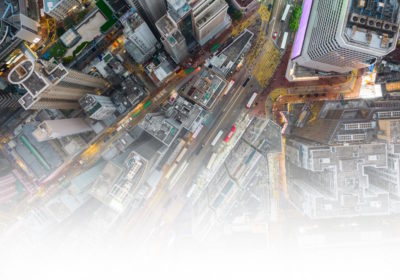AI-driven traffic systems are transforming mobility from rigid control to self-regulation. Now, algorithms are orchestrating safer, faster, and more sustainable urban movement
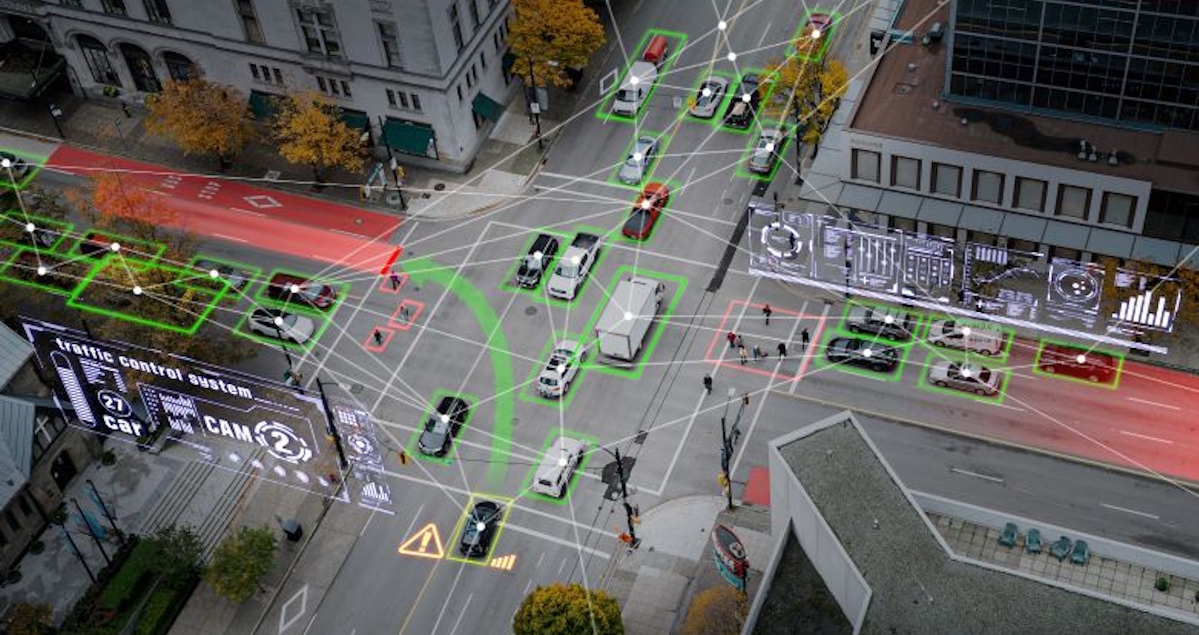
The way cities move is changing faster than ever. For decades, traffic management relied on rigid systems: fixed schedules for public transport, manually programmed traffic lights, and human operators reacting to congestion after it occurred. These methods worked in the past, but in a world of millions of daily data points —from GPS devices, sensors, and connected vehicles— they are no longer enough. Artificial intelligence is now enabling a fundamental shift toward autonomous traffic systems, where the city learns to regulate its own circulation.
At the heart of this transformation lies real-time AI decision-making. Modern intersections are no longer passive infrastructures; they are intelligent nodes capable of observing and responding to urban dynamics. Equipped with cameras, sensors, and machine learning algorithms, they monitor the density of vehicles, the speed of movement, pedestrian flows, and even environmental conditions like light or pollution. Based on this information, they can autonomously adjust signal timing, reroute vehicles, and prioritize buses or emergency units — all without human intervention and within milliseconds.
This represents the birth of self-regulating mobility, a model where the urban system behaves like a living organism. Data flows through the city’s arteries, and artificial intelligence acts as its nervous system. The technology behind this vision is often referred to as V2X (Vehicle-to-Everything) communication — a framework where cars, buses, infrastructure, and even smartphones share continuous streams of information using a wireless communication system that enables vehicles to exchange real-time information with their surroundings, including other vehicles, road infrastructure, pedestrians, and network services. This technology is a critical component for enhancing road safety, improving traffic efficiency, reducing fuel consumption, and facilitating the development of connected and autonomous vehicles. AI platforms interpret this data to orchestrate mobility across the entire network, synchronizing signals, adapting routes, and distributing flow to prevent bottlenecks before they form.
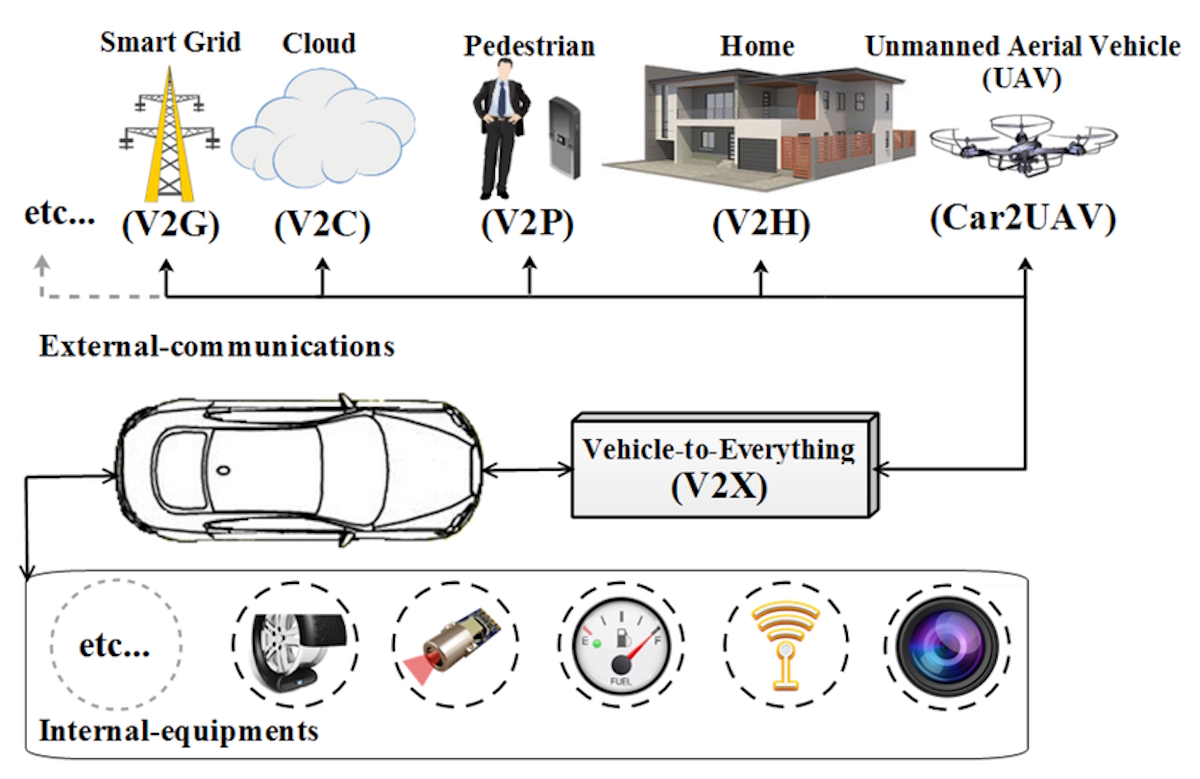
In a nutshell, V2X encompasses several specific communication modes:
- V2V (Vehicle-to-Vehicle): Allows vehicles to exchange data directly (such as speed, position, and direction) to provide warnings for potential collisions, sudden braking, or blind-spot hazards.
- V2I (Vehicle-to-Infrastructure): Enables communication between vehicles and smart roadside infrastructure like traffic lights, road signs, and embedded road sensors. This supports applications such as adaptive traffic signal timing and road hazard warnings.
- V2P (Vehicle-to-Pedestrian): Focuses on the safety of vulnerable road users (pedestrians, cyclists, etc.) by using their smartphones or wearable devices to alert both the individual and nearby drivers to potential collision risks.
- V2N (Vehicle-to-Network): Connects vehicles to broader cellular networks and cloud-based platforms for services like real-time traffic updates, weather conditions, dynamic rerouting, and emergency assistance.
- V2G (Vehicle-to-Grid): A specific application for electric vehicles (EVs) that allows them to interact with the power grid for smart charging, using their battery as a temporary power source for a home or even sending power back to the grid during peak demand (bidirectional charging).
In this new ecosystem, reinforcement learning is one of the most powerful tools. Instead of programming exact rules, engineers allow AI models to “learn” by trial and error, simulating millions of traffic situations until they discover the most efficient strategies. These virtual environments can include unpredictable variables such as weather, accidents, or special events, allowing the system to prepare adaptive responses for the real world. Pilot projects in Singapore, Dubai, and Barcelona are already demonstrating significant reductions in travel time and fuel consumption using these methods.
Autonomous systems are also reshaping public transportation. By analyzing demand patterns in real time, AI can suggest route adjustments, dispatch vehicles dynamically, and even synchronize buses and trams to reduce waiting times. The result is a more flexible and equitable network that serves not just the busiest corridors, but also the neighborhoods that have traditionally been less connected. In this sense, AI becomes not just a tool for efficiency, but for urban inclusion.
Another area where AI is making a difference is safety. Computer vision models embedded in traffic cameras can detect accidents, reckless driving, or pedestrians in danger and immediately alert authorities. Predictive analytics can also identify intersections with a higher probability of incidents, allowing municipalities to redesign them before tragedies occur. These systems transform mobility management from reactive supervision into proactive prevention.
But the rise of autonomous traffic also raises complex questions. The massive collection of mobility data challenges privacy norms and requires new frameworks for data governance. Cybersecurity becomes a critical issue when a single system failure could paralyze an entire district. Moreover, the delegation of life-critical decisions to algorithms —for instance, how to prioritize an ambulance versus traffic flow— demands ethical transparency and clear accountability. Cities must define not only how AI should act, but also who is responsible when it acts incorrectly.
Despite these challenges, the promise of autonomous traffic systems is immense. They open the door to continuous, adaptive urban mobility, capable of learning from experience, optimizing energy use, and dramatically reducing congestion. By integrating AI across infrastructure, vehicles, and services, the city moves closer to becoming a self-regulating ecosystem—one where efficiency, sustainability, and safety coexist in real time.
In the future, citizens may not see the thousands of algorithms operating beneath the surface. They will simply experience smoother journeys, cleaner air, and streets that seem to “breathe” naturally with the rhythm of the city. Behind that invisible coordination lies a profound transformation: the emergence of cities that no longer just manage mobility —they understand it.
